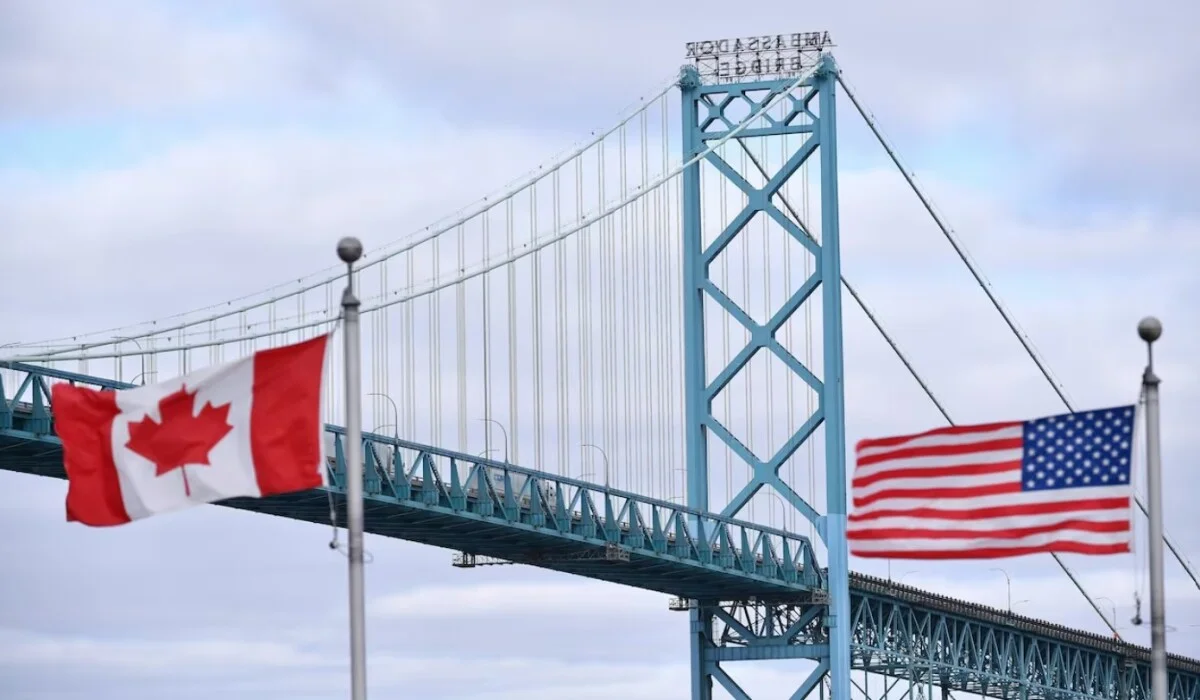U.S.-to-Canadian migration is increasing. Students, families, and skilled workers are all looking north. There are several reasons for this change. People are being forced to explore alternative options due to tighter visa regulations, political unpredictability, and economic uncertainty in the United States.
Canada, on the other hand, is facilitating the settlement of skilled people. Programs such as the Global Talent Stream, the Start-up Visa, and Express Entry draw experts. Canada is even seen as a better option by overseas students. After graduation, employment options are obvious. The route to long-term residency is more foreseeable.
Tech workers in particular are making the shift. The United States has an unpredictable H-1B visa system. Canada offers quicker processing through its Global Talent Stream. Businesses are using this. In places like Toronto and Vancouver, several large tech companies have increased their operations.
Policy Changes Driving Migration
Immigration laws have a significant impact on these changes. For numerous visa categories, the United States has tightened its criteria. Even the H-1B program, which was formerly a vital choice for highly qualified workers, is questionable. Many are left in limbo by lottery-based selection and processing delays.
On the other hand, Canada is streamlining its channels. To speed up processing, the IRCC is making adjustments. There is a streamlining of the Start-up Visa program.
Through different lotteries, more invitations are being sent out. Families seeking long-term solutions are also drawn to the Parents and Grandparents Super Visa.
Recent policy developments in Canada further support this trend. Work visa classifications are being revised to prioritise industries with high demand. The goal is to keep talented people on board. To speed up applications, even eVisa systems are being introduced.
Economic and Social Factors
Migration is influenced by economic factors, as well as policies. The employment market in Canada is friendly. Employers are actively seeking talented foreign workers.
Demand is high in sectors including IT, engineering, and healthcare. In certain cities, the cost of living is cheaper than in major U.S. centres, and wages are competitive.
Social aspects are also important. Many immigrants believe that the quality of life, social advantages, and healthcare in Canada are superior.
Families are drawn by long-term security, safety, and inclusivity. With well-defined post-study employment alternatives, even overseas students find the move easier.
The numbers show the change. More people are relocating permanently to Canada rather than the United States. Social support, economic stability, and government initiatives all have an impact. This trend is likely to continue as policies evolve.
FAQS
Which immigration initiatives in Canada are drawing immigrants from the United States?
Popular programs include the Start-up Visa, the Global Talent Stream, Express Entry, and the Provincial Nominee Programs (PNPs). Additionally, the Super Visa program facilitates family reunions.
What are the differences between the U.S. and Canadian job markets for skilled migrants?
The United States relies more heavily on employer sponsorship, whereas Canada actively seeks out talented workers through its immigration programs. Long-term stays are also made easier for workers by Canada’s permanent residency options.



